Haidar Harmanani
Speech Bandwidth Expansion Via High Fidelity Generative Adversarial Networks
Jul 29, 2024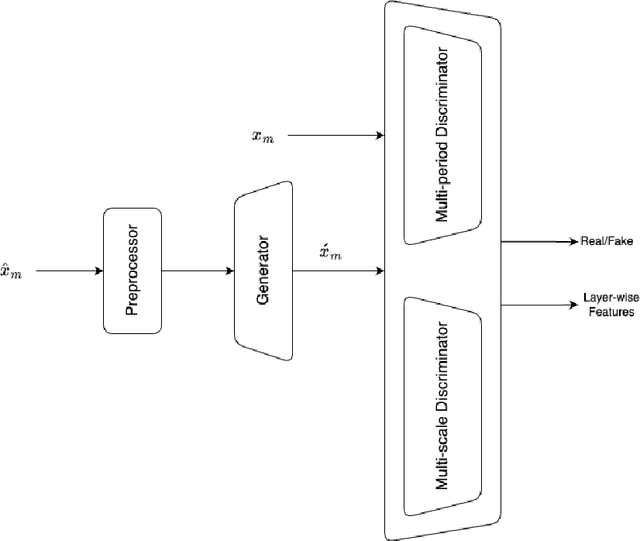
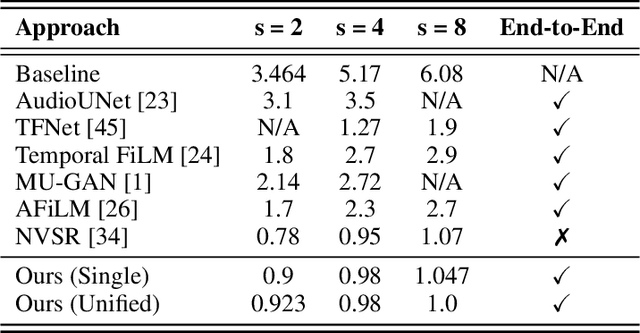
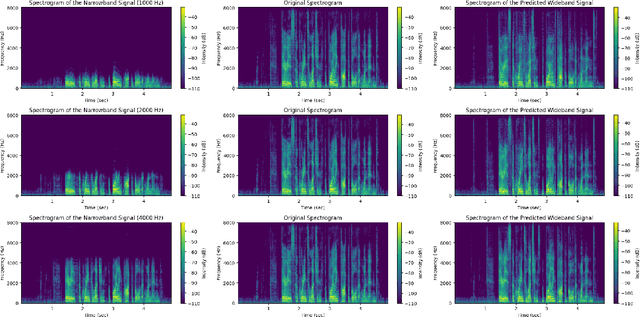
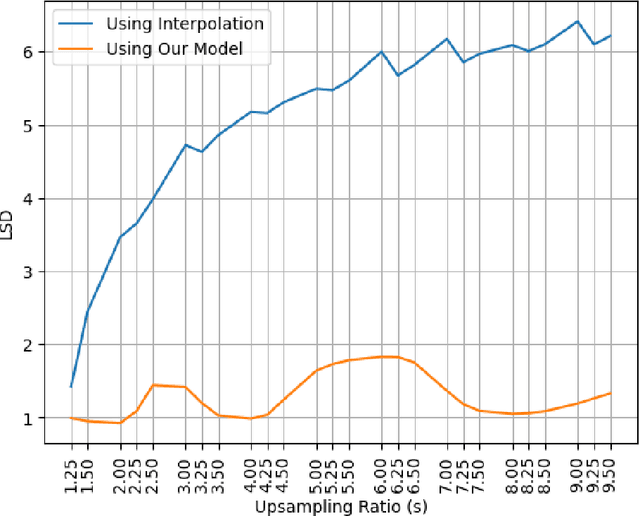
Abstract:Speech bandwidth expansion is crucial for expanding the frequency range of low-bandwidth speech signals, thereby improving audio quality, clarity and perceptibility in digital applications. Its applications span telephony, compression, text-to-speech synthesis, and speech recognition. This paper presents a novel approach using a high-fidelity generative adversarial network, unlike cascaded systems, our system is trained end-to-end on paired narrowband and wideband speech signals. Our method integrates various bandwidth upsampling ratios into a single unified model specifically designed for speech bandwidth expansion applications. Our approach exhibits robust performance across various bandwidth expansion factors, including those not encountered during training, demonstrating zero-shot capability. To the best of our knowledge, this is the first work to showcase this capability. The experimental results demonstrate that our method outperforms previous end-to-end approaches, as well as interpolation and traditional techniques, showcasing its effectiveness in practical speech enhancement applications.
AraSpot: Arabic Spoken Command Spotting
Mar 29, 2023



Abstract:Spoken keyword spotting (KWS) is the task of identifying a keyword in an audio stream and is widely used in smart devices at the edge in order to activate voice assistants and perform hands-free tasks. The task is daunting as there is a need, on the one hand, to achieve high accuracy while at the same time ensuring that such systems continue to run efficiently on low power and possibly limited computational capabilities devices. This work presents AraSpot for Arabic keyword spotting trained on 40 Arabic keywords, using different online data augmentation, and introducing ConformerGRU model architecture. Finally, we further improve the performance of the model by training a text-to-speech model for synthetic data generation. AraSpot achieved a State-of-the-Art SOTA 99.59% result outperforming previous approaches.
Critical Impact of Social Networks Infodemic on Defeating Coronavirus COVID-19 Pandemic: Twitter-Based Study and Research Directions
May 18, 2020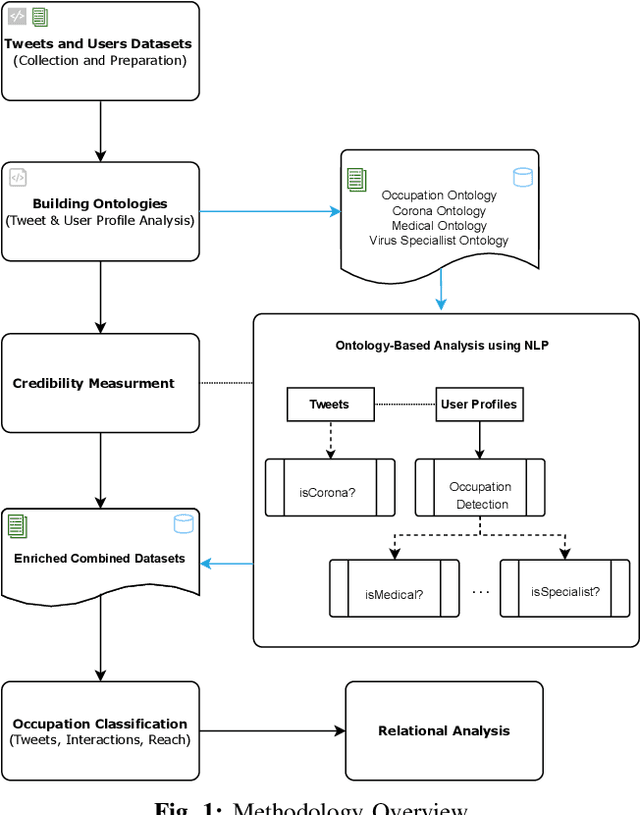
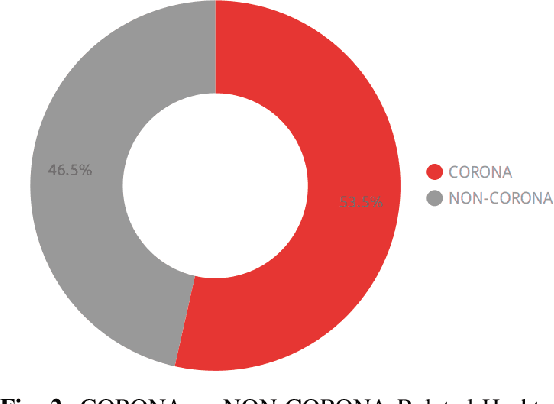

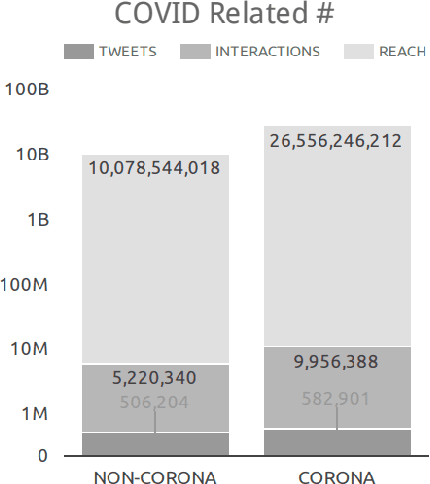
Abstract:News creation and consumption has been changing since the advent of social media. An estimated 2.95 billion people in 2019 used social media worldwide. The widespread of the Coronavirus COVID-19 resulted with a tsunami of social media. Most platforms were used to transmit relevant news, guidelines and precautions to people. According to WHO, uncontrolled conspiracy theories and propaganda are spreading faster than the COVID-19 pandemic itself, creating an infodemic and thus causing psychological panic, misleading medical advises, and economic disruption. Accordingly, discussions have been initiated with the objective of moderating all COVID-19 communications, except those initiated from trusted sources such as the WHO and authorized governmental entities. This paper presents a large-scale study based on data mined from Twitter. Extensive analysis has been performed on approximately one million COVID-19 related tweets collected over a period of two months. Furthermore, the profiles of 288,000 users were analyzed including unique users profiles, meta-data and tweets context. The study noted various interesting conclusions including the critical impact of the (1) exploitation of the COVID-19 crisis to redirect readers to irrelevant topics and (2) widespread of unauthentic medical precautions and information. Further data analysis revealed the importance of using social networks in a global pandemic crisis by relying on credible users with variety of occupations, content developers and influencers in specific fields. In this context, several insights and findings have been provided while elaborating computing and non-computing implications and research directions for potential solutions and social networks management strategies during crisis periods.
 Add to Chrome
Add to Chrome Add to Firefox
Add to Firefox Add to Edge
Add to Edge